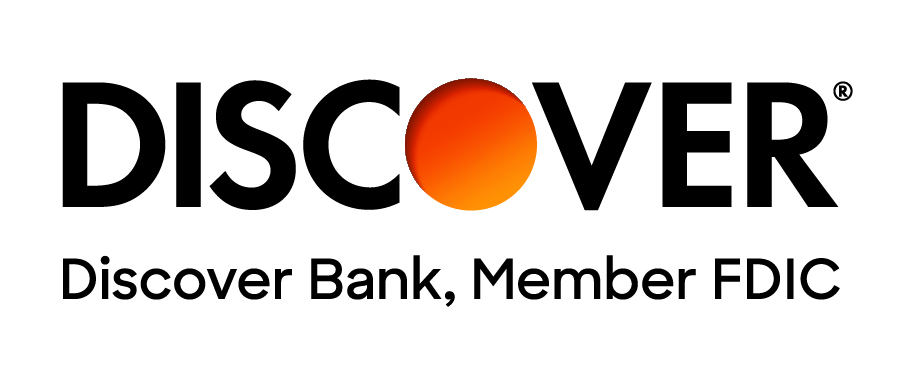Trade schools provide a faster and more budget-friendly alternative to traditional four-year colleges. These shorter programs help reduce tuition costs and minimize student debt, allowing you to enter the workforce quickly and begin earning sooner.
Pursing a trade school education equips you with the chance to acquire specialized expertise that unlocks a multitude of career pathways. For instance, by enrolling in an HVAC (Heating, Ventilation, and Air Conditioning) technology-focused vocational school, you can master the skills needed to diagnose, repair, and maintain various systems. This knowledge is highly valuable across diverse sectors, spanning from automotive repair to residential service companies. Due to the focused nature of the training compared to conventional college curricula, students can obtain certification in their chosen fields more swiftly than through other routes.
In some cases, trade school graduates may have access to apprenticeship opportunities that provide hands-on experience in their field even before they graduate. This gives them an advantage over other entry-level applicants who lack this experience on their resumes.
Pros and Cons of Trade School
The pros and cons of trade school vary depending on your career and educational goals.
Pros:
- Trade schools can offer a more focused and hands-on approach to learning than a traditional college or university. This can be particularly beneficial if you are looking for specific job skills or knowledge to enter into a certain field.
- Trade schools usually have shorter program lengths than regular colleges, which means that you can finish faster and get their certificate or degree in less time.
- Many trade schools provide internships and other forms of experiential learning opportunities, which can give you valuable real world experience before you even complete your coursework.
- The cost of attending trade school is usually lower than that of attending a four-year college or university, making it an attractive option if you want to obtain an education without getting into debt.
Cons:
- Trade schools may not offer the same level of academic rigor as traditional universities, so you may find it difficult to transfer credits to another institution if you wish to pursue further studies.
- As a result of the specialized nature of trade school programs, some graduates may find themselves limited in terms of job opportunities due to the fact that some employers prefer candidates with a 4-year degree from an accredited college or university.
Paying for Trade School
When financing your education, prioritize seeking gift-aid first. This is money you won't have to repay and can cover educational expenses. Gift-aid commonly includes grants and scholarships. However, ensure the school and program you're considering are thoroughly researched. If relying on federal student aid like the Federal Pell Grant or federal student loans, confirm your school and program eligibility. Not all trade schools participate in federal student aid programs, and even if one does, not all programs may be covered. Research diligently!
Grants are typically offered by the government or private organizations. In order to qualify for a grant, you will usually need to meet certain requirements, such as having a low-income or being enrolled in an approved program. Some grants may be restricted to certain fields of study or types of institutions. It is important to research any grants that may be available to you and make sure that they meet your criteria.
Scholarships are another popular option when it comes to paying for trade school. Scholarships are typically provided by private companies or organizations and may require that you have a certain GPA or demonstrate financial need. You may even find some scholarships that require you to complete community service hours in order to receive the award.
However, if neither grants nor scholarships are available for your particular situation, then loans may also be an option. Federal student loans offer flexible repayment options; however, some of their extended repayment plans might have you paying for your loan for several years longer than a standard plan which will ultimate cost you more in interest over time.
Private lenders may also offer loan programs tailored towards students attending trade school; private student loans typically offer either variable or fixed interest rates and less flexible repayment terms, so these should only be used as a last resort if needed.
More on Federal Student Loans
Federal loans may be an option to pay for trade school, as long as your school and program are eligible for federal student aid. Depending on the type of trade school you are attending, there are a variety of federal loan options available to help cover the cost of tuition and other educational expenses. Typically, when you’re enrolled in a trade school, your program will be at the undergraduate level—even if you already earned a bachelor’s or master’s degree. Since you’ll be considered an undergraduate student, the most common types of federal loans available for students in trade school include Direct Subsidized Loans & Direct Unsubsidized Loans.
To be eligible for a federal loan, you need to fill out the Free Application for Federal Student Aid (FAFSA) in order to determine what types of federal financial aid you may be able to receive, including loans. Trade schools often use this form to determine how much aid a student qualifies for. Therefore, if you are planning on attending a trade school and would like to receive federal financial assistance, it is recommended that you complete the FAFSA application at a participating school.
Federal student loans offer several repayment plans to help borrowers manage their payments. These include the Standard Repayment Plan, Graduated Repayment Plan, Extended Repayment Plan, Income-Contingent Repayment Plan (ICR), Pay As You Earn (PAYE) and Revised Pay As You Earn (REPAYE) Plans. Each plan offers different terms for repayment amounts and length depending on the loan amount, interest rate and other factors. You can compare the plans to find one that best fits your needs.
Trade School Private Student Loans
You also have the option to borrow private student loans to pay for trade school. Private student loans can provide an alternative to federal loans and are often used to supplement federal aid when students need additional funding, or even be an aid option if your school doesn’t offer federal aid. Private student loans are designed to cover the cost of tuition, books, supplies, housing, transportation and other related educational expenses. Keep in mind that borrowers must meet certain credit criteria in order to be approved for a private loan. It is important to compare different lenders and loan terms carefully before selecting a loan product.
When considering a private student loan for trade school, make sure to carefully review the terms and conditions of any loan you are considering and understand what types of interest rates and repayment conditions are associated with the loan, as well as any potential fees or penalties that may be charged.
Ultimately, it’s important to examine your long-term financial goals and needs when deciding whether or not to take out a private student loan for trade school. Evaluating your current income and assets as well as your future earning potential will give you an idea of whether or not taking on debt through a private student loan is suitable for your financial situation.
Trade School Payment Plans
Sometimes you may be offered an opportunity to sign-up for a payment plan to help you cover the costs of a trade school program. If you are presented with this option, it’s recommended that you understand all the information and terms before signing up! Why? Well, if a school uses an outside payment plan company, you may be signing an agreement to pay that company a certain amount. You may be asked for upfront costs, like a down payment or deposit. And from that point on you will be required to make monthly payments until you have paid off the amount owed.
These payment plans can affect your credit and repayment flexibility will be subject to the terms and conditions you agreed on. Make sure to understand your repayment obligation and how the plan may affect you in the short and long term.








